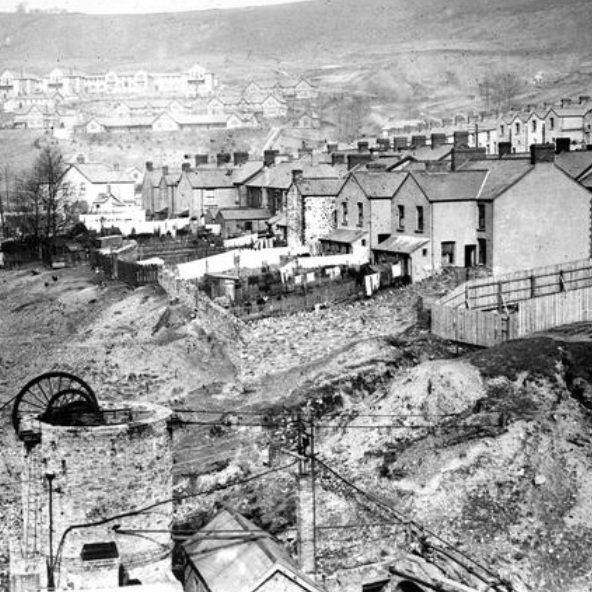 Image 1 of
Image 1 of


American Environmental History in the Age of Coal and Petroleum
Instructor: John Cumbler
Time: Mondays from 2-4 pm
Location: Adult Community Center
Dates: April 22, May 6, 13, 20, June 3
Part II: From Horse Drawn to Horsepower
Part two of American environmental history will explore the impact of the emergence new forms of energy, particularly coal and petroleum steam power and the development of gasoline powered modes of transportation. It will delve into the impact of the move from human and animal power to coal, natural gas and petroleum on home heating and cooking to plowing fields and transporting goods and people. We will look at changes and the impact of these changes in both rural and urban settings. It will explore the collapse of the centrifugal force of the walking city and the emergence of the task, class and racially segregated city. The course will attempt to keep in tension the impact of humans on the physical world and the restraints the physical world places on human behavior. The course will involve me working through my thoughts on these issues and your questions and inputs. We will read two works for the class, John Muir’s “The Mountains of California,” and Aldo Leopold’s “Sand County Almanac.” We’ll spend some time discussing those works. Those discussions will also involve exploring responses to the environmental change over the 100 years between 1860 and 1960.
Instructor: John Cumbler
Time: Mondays from 2-4 pm
Location: Adult Community Center
Dates: April 22, May 6, 13, 20, June 3
Part II: From Horse Drawn to Horsepower
Part two of American environmental history will explore the impact of the emergence new forms of energy, particularly coal and petroleum steam power and the development of gasoline powered modes of transportation. It will delve into the impact of the move from human and animal power to coal, natural gas and petroleum on home heating and cooking to plowing fields and transporting goods and people. We will look at changes and the impact of these changes in both rural and urban settings. It will explore the collapse of the centrifugal force of the walking city and the emergence of the task, class and racially segregated city. The course will attempt to keep in tension the impact of humans on the physical world and the restraints the physical world places on human behavior. The course will involve me working through my thoughts on these issues and your questions and inputs. We will read two works for the class, John Muir’s “The Mountains of California,” and Aldo Leopold’s “Sand County Almanac.” We’ll spend some time discussing those works. Those discussions will also involve exploring responses to the environmental change over the 100 years between 1860 and 1960.
Instructor: John Cumbler
Time: Mondays from 2-4 pm
Location: Adult Community Center
Dates: April 22, May 6, 13, 20, June 3
Part II: From Horse Drawn to Horsepower
Part two of American environmental history will explore the impact of the emergence new forms of energy, particularly coal and petroleum steam power and the development of gasoline powered modes of transportation. It will delve into the impact of the move from human and animal power to coal, natural gas and petroleum on home heating and cooking to plowing fields and transporting goods and people. We will look at changes and the impact of these changes in both rural and urban settings. It will explore the collapse of the centrifugal force of the walking city and the emergence of the task, class and racially segregated city. The course will attempt to keep in tension the impact of humans on the physical world and the restraints the physical world places on human behavior. The course will involve me working through my thoughts on these issues and your questions and inputs. We will read two works for the class, John Muir’s “The Mountains of California,” and Aldo Leopold’s “Sand County Almanac.” We’ll spend some time discussing those works. Those discussions will also involve exploring responses to the environmental change over the 100 years between 1860 and 1960.
